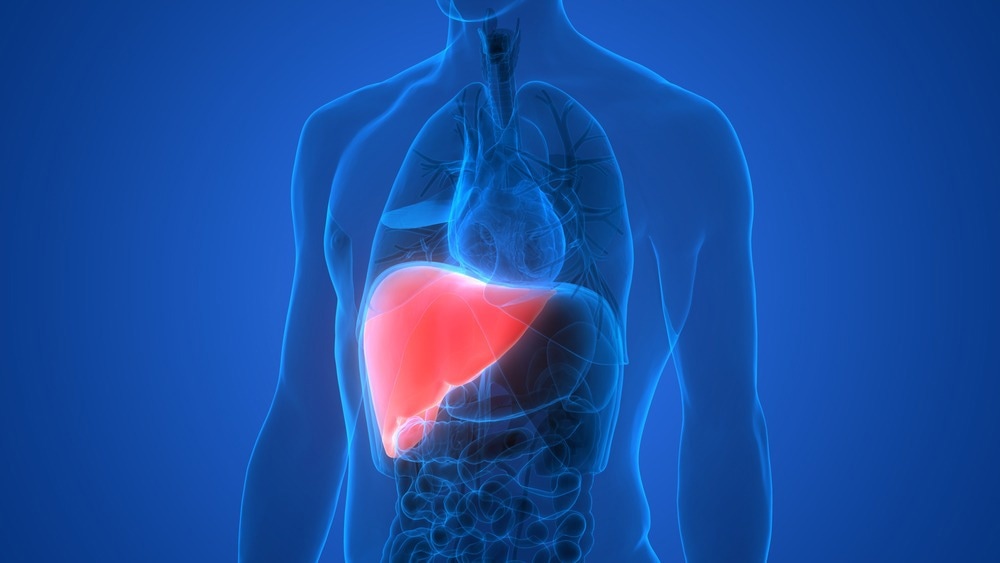Reviewed by Danielle Ellis, B.Sc.Jul 20 2023
A recent study explains how the immune system’s interaction with certain proteins causes organ rejection. A communication network between two molecules named CEACAM1 (CC1) and TIM-3 was discovered in the study, which includes studies on mice and human subjects. It was discovered that this pathway is essential for regulating the body’s immune response following liver transplantation.

Image Credit: Magic mine/Shutterstock.com
When a recipient receives an organ transplant from a donor, the recipient’s immune system detects the transplanted tissue as foreign and triggers an immune response that could end in rejection. An important part of this response is played by T cells.
Immunosuppressive drugs are frequently used to treat or prevent transplant damage caused by T cell-mediated rejection. These drugs stifle the immune response and lower T-cell activity, assisting in preventing rejection and maintaining the functionality of the transplanted organ.
Liver transplant survival rates now reach 90% at one year and are between 70 and 75% at year five due to improvements in surgical methods, immunosuppressive drugs, and post-transplant care. Various variables, including the recipient’s immune response, could influence survival.
Researchers from the Dumont-UCLA Transplantation Research Center examined the function of a particular type of immune cell, called CD4+ T cells, as well as proteins called CEACAM1 (CC1) and TIM-3, in how the immune system reacts to a transplanted liver in a new study that was published on July 19th, 2023 in Gastroenterology.
They carried out experiments on mice while simultaneously examining data from human patients who had received liver transplants.
The scientists transplanted livers from normal mice into mice lacking the CC1 protein in the mouse experiments. They discovered that livers transplanted into mice without CC1 experienced higher liver damage than livers transplanted into mice having CC1.
They also discovered that mice with CC1 have an increased number of specific immune cells known as TIM-3+CD4+ T cells.
The researchers gave mice missing other immune cells T cells deficient in CC1 to understand this better. They noted that this resulted in increased liver damage. The liver damage was lessened, though, when scientists increased the TIM-3 production of these T cells and injected them into mice lacking CC1.
This study gives us an important insight into the essential beneficial role of these factors in liver transplant outcomes. By focusing on how CC1 and TIM-3 work together in T cells, we can potentially protect the liver transplant and improve the overall success of the procedure.”
Dr Jerzy W. Kupiec-Weglinski, Director, Dumont-UCLA Transplantation Research Center, University of California, Los Angeles
The authors note that while the results represent a significant initial step, further study is required to fully comprehend these interactions and the potential effects that knowledge could have on liver transplant results.
Source:
Journal reference:
Kojima, H., et al. (2023). T cell CEACAM1–TIM-3 crosstalk alleviates liver transplant injury in mice and humans. Gastroenterology. doi.org/10.1053/j.gastro.2023.07.004